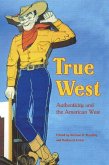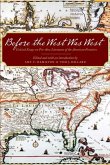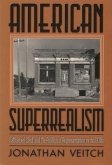Ever since the first interactions between Europeans Native Americans, the "West" has served as a site of complex geographical, social, and cultural transformation. American literature is defined, in part, by the central symbols derived from these points of contact. At the end of the nineteenth century, the Western frontier was declared "closed", a demise solidified by Frederick Jackson Turner's influential essay "The Significance of the Frontier in American History" (1893). At the same time, "naturalism" was popularized in the writings of Frank Norris, Stephen Crane, Jack London, Willa Cather, and the photographs of Edward Curtis. Though very different artists, they were united by their common attraction to the mythic American West.








